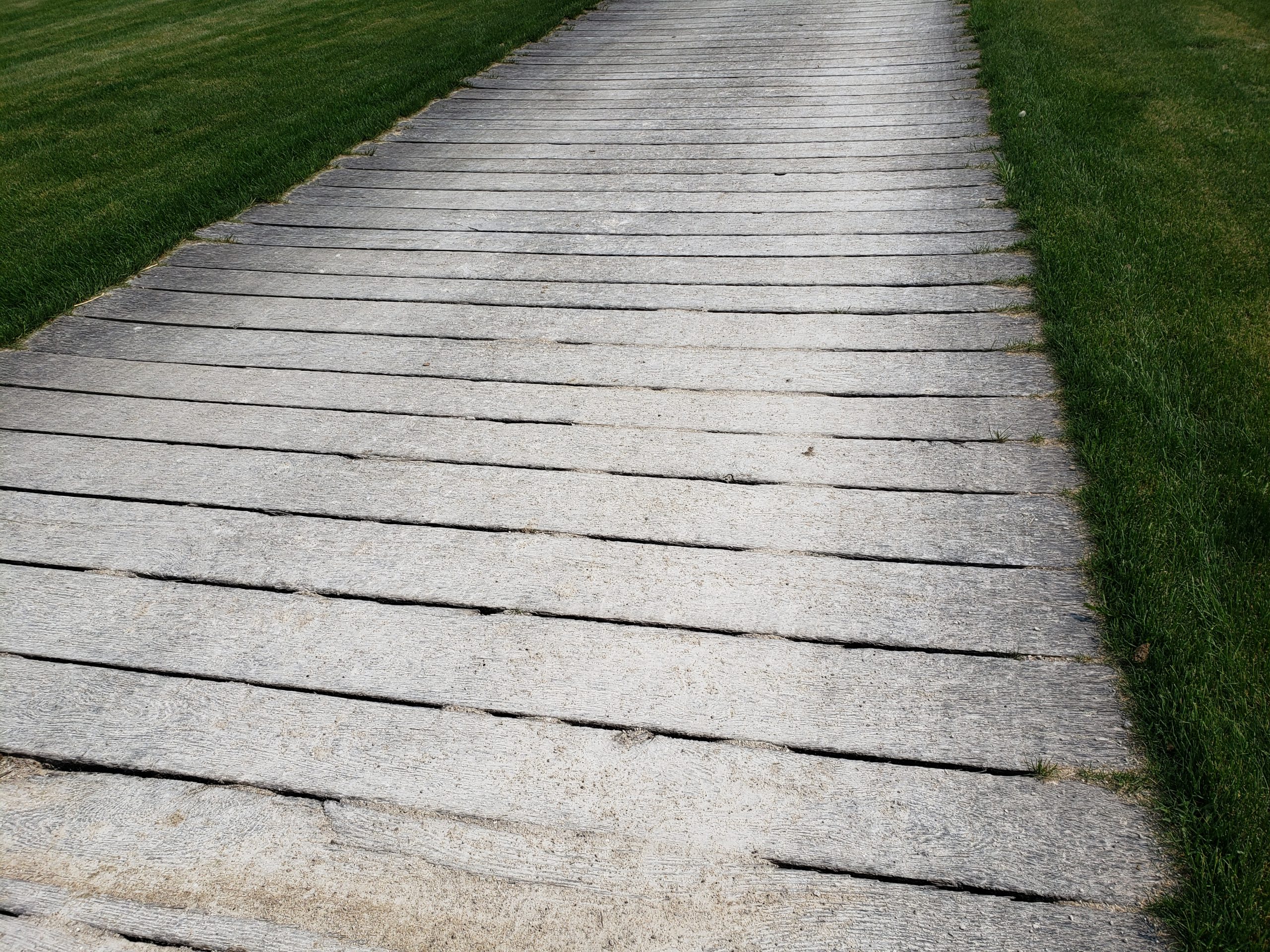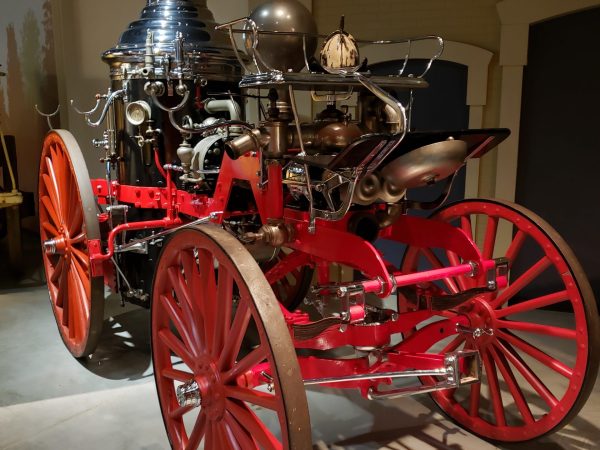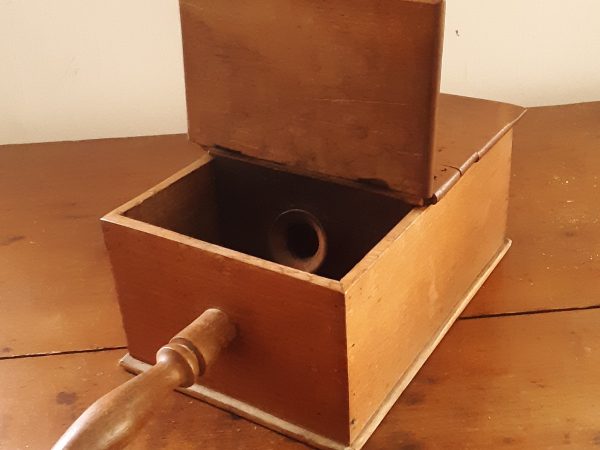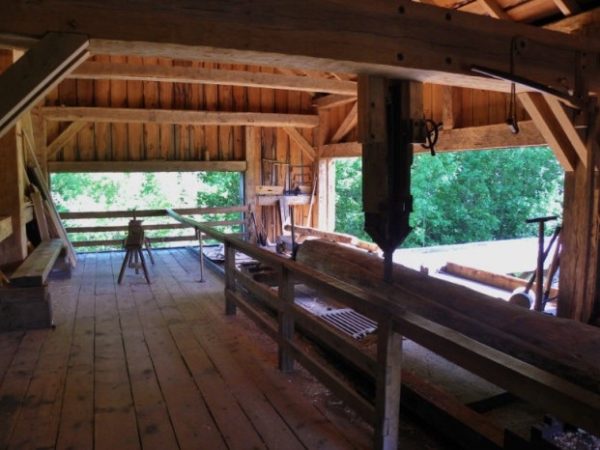Wisconsin 101 is partnering with the Wade House to highlight the favorite objects of elementary students who visit. Find out more about our favorite things and explore ways to use them in the classroom.
See if you can spot all of these objects during your visit!
Before the 1850s, Wisconsin did not have roads, at least not ones you would recognize. Most travel occurred on footpaths made by Native Americas or along rivers like the Milwaukee or Wisconsin. As more people moved to Wisconsin, settlers cut thick prairies and forests into roads. These paths would turn into mud when it rained. Travelers had to wait for wet roads to dry or risk sinking into the sticky mud.
In the late 1800s, the Silsby Company created the Pumper in New York. It made the lives of firefighters everywhere easier. It was so effective that some places used it until the 1930s.
In the 1800s, ballot boxes, like the one above, were a popular way to collect votes. This ballot box was useful because it let the voter’s choice remain unknown. This is known as a “secret ballot.”
The muley sawmill was popular between the 1840s and 1910s for its speed and unique design. Instead of a rotating wheel blade, it used an up-and-down saw blade that moved at a rate of 325-375 revolutions per minute. This was important for the people of Greenbush because the demand for logs was high.
Explore Wisconsin 101: Our History in Objects
Learn about objects in Wisconsin’s history
The objects and stories featured on Wisconsin 101 cut across the diverse regional, cultural, economic, and political differences of our state, providing a rich sense of our shared heritage.
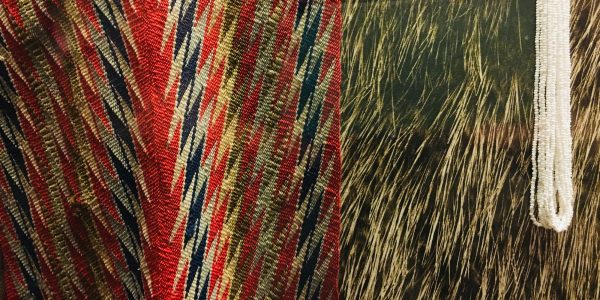

Write your own story
Everyone is invited to participate in building this interactive, public resource for exploring Wisconsin’s history and geography. Please share your story!
